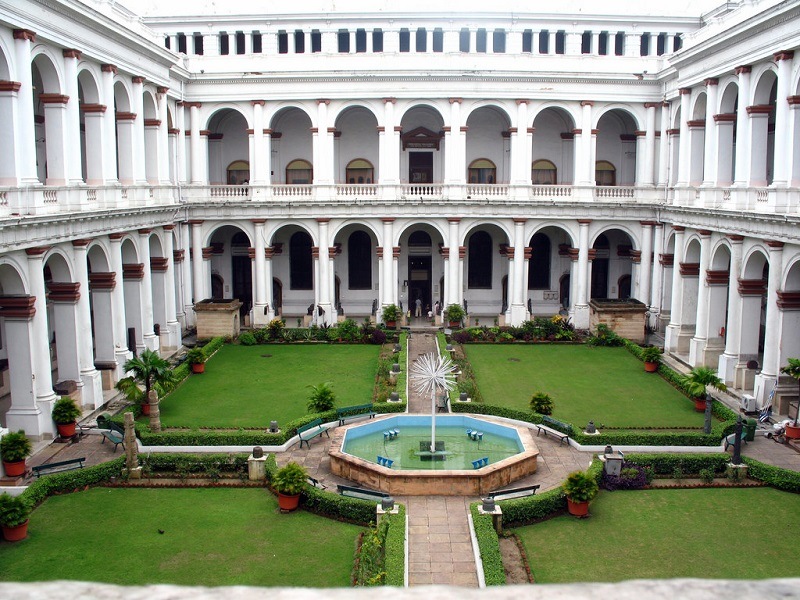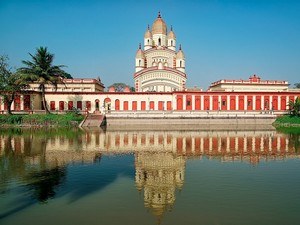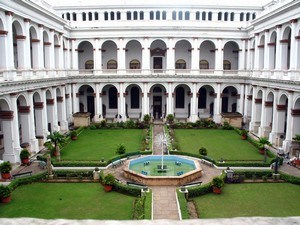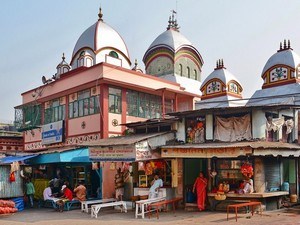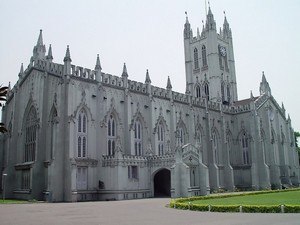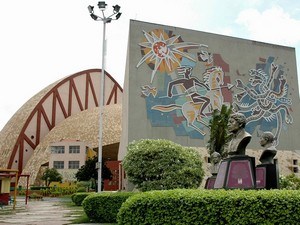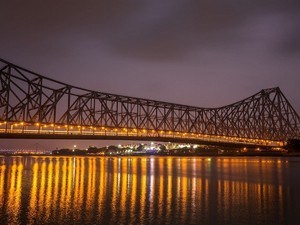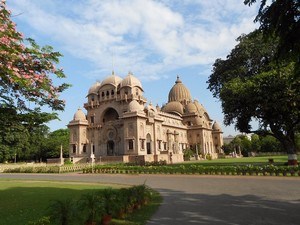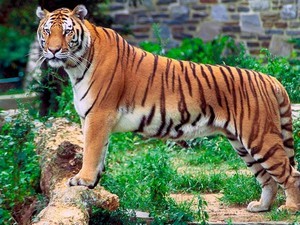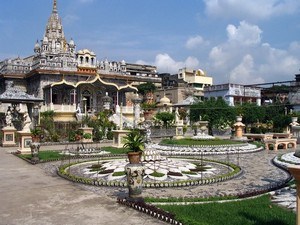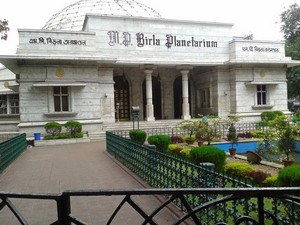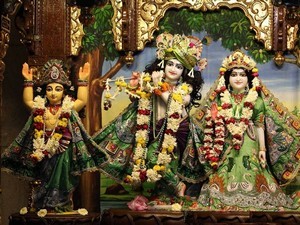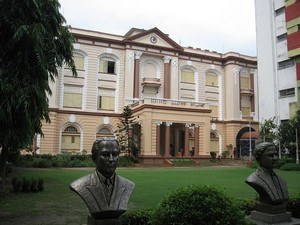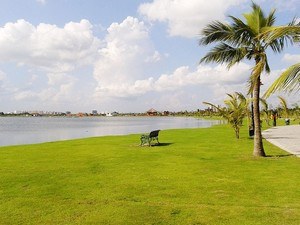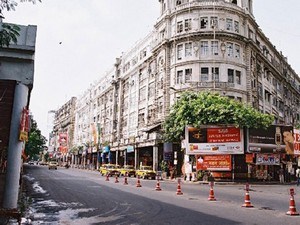Indian Museum, Kolkata - Timings, Entry Fee, History & Artifacts
 India | West Bengal | Kolkata
India | West Bengal | Kolkata
 #3 of 29 Places to Visit in Kolkata
#3 of 29 Places to Visit in Kolkata
 Distance (From Kolkata Railway Station): 8 Kms
Distance (From Kolkata Railway Station): 8 Kms
 Trip Duration (Including Travel): 1 Hour
Trip Duration (Including Travel): 1 Hour
 Place Location: At Park Street
Place Location: At Park Street
 Transportation Options: Bus / Cab / Auto
Transportation Options: Bus / Cab / Auto
 Travel Tips: None
Travel Tips: None
At a distance of 8 km from Kolkata Railway Station, Indian Museum is a museum located at Park Street in Kolkata. Popularly known as 'Jadughar', it is the oldest and the largest museum in India and among the popular Kolkata Tourist Places.
Referred to as the Imperial Museum in British India era texts, Indian Museum is the earliest and the largest multipurpose museum in India and the ninth oldest museum of the world. The museum was founded in 1814 by the Asiatic Society of Bengal at the present building of the Asiatic Society, 1 Park Street, Kolkata. The founder curator was Nathaniel Wallich, a Danish botanist. Later, the museum was shifted to the present building in 1878. This is an autonomous organization under Ministry of Culture, Government of India.
Designed by Walter B Grawille in Italian Style, the museum building comprises of three floors, each spanning across an area of about 930 sq. meters. Presently, the museum has 35 galleries which have been divided into six categories namely Anthropology, Art, Geology, Archaeology, Zoology, and Industry. The art section of the Indian Museum boasts an exquisite art collection, which comprising textiles, miniature paintings, beautiful art objects from Asian countries like Burma, China, Japan, Nepal, and Tibet. The bronze image of Siva, which belongs to the 9th-10th century and the wood-made figure of Salabhanjika of the 15-16th century, is the star attraction here.
The Anthropological and Zoological sections of the Indian Museum formed the Zoological Survey of India in 1916, which afterward gave rise to the Anthropological Survey of India in 1945. The Anthropological Section showcases objects belonging to both tribal and non-tribal peoples of India. The gallery houses a range of rare musical instruments. The Zoological section is enriched with specimens of fish, insects, mammals, reptiles, and birds.
The Archaeological Section showcases stone-age artifacts from India and abroad, along with prehistoric antiquities from Harappa and Mohenjo-Daro. This section also treasures an excellent collection of Indian coins and a number of Indo-Muslim architectural pieces. Some notable galleries in this section are Egyptian, Bharhut, Orissan Art, Coins, Gandhara and many more. Bharhut gallery showcases the railings and gateway of the Buddhist Stupa with exquisite sculptures and carvings, depicting scenes from the life of Buddha. The gallery also houses an urn containing ashes of Buddha. The star attraction of the Egyptian gallery is a 'mummy' of 4000-years-old, paintings and sculptures. The coin gallery houses gold coins introduced by the great Kanishka, Samudragupta, Kumaragupta-1, Akbar, and Jahangir.
Divided into four galleries, the Geological Section boasts over 80,000 specimens, flaunting varieties of precious stones, meteorites, ornamental building stones, minerals, rocks, and fossils. While, the Industrial Section houses a range of botanical specimens bearing upon forestry, medicine, agriculture, and cottage industry. There is also a library in the Indian museum with various books and Journals.
Timings: 10 AM - 6.30 PM from Tuesday to Friday & 10 AM - 8 PM on Saturday & Sunday, Closed on Mondays & Public Holidays
Entry: Rs. 50 for Indian Adults, Rs. 20 for Indian Child, Rs. 500 for Foreigners & Rs. 100 for Camera



